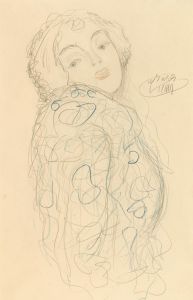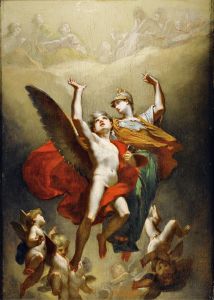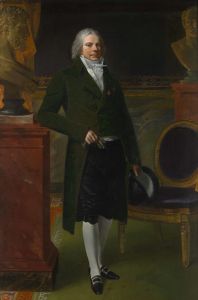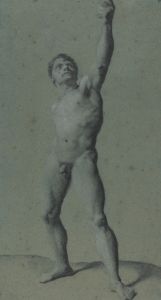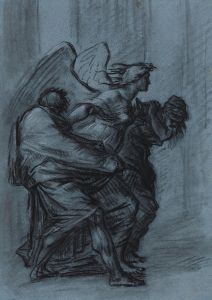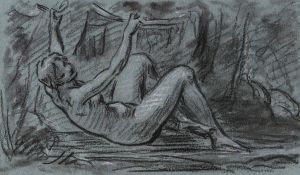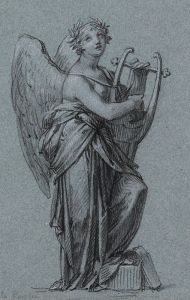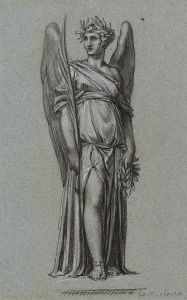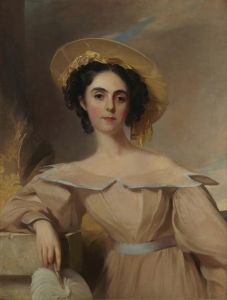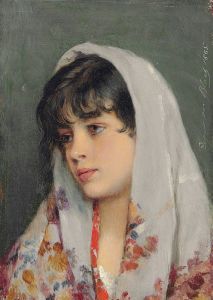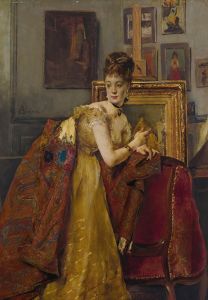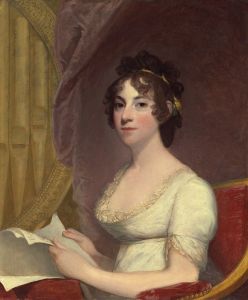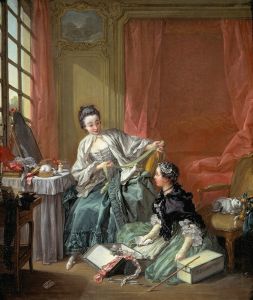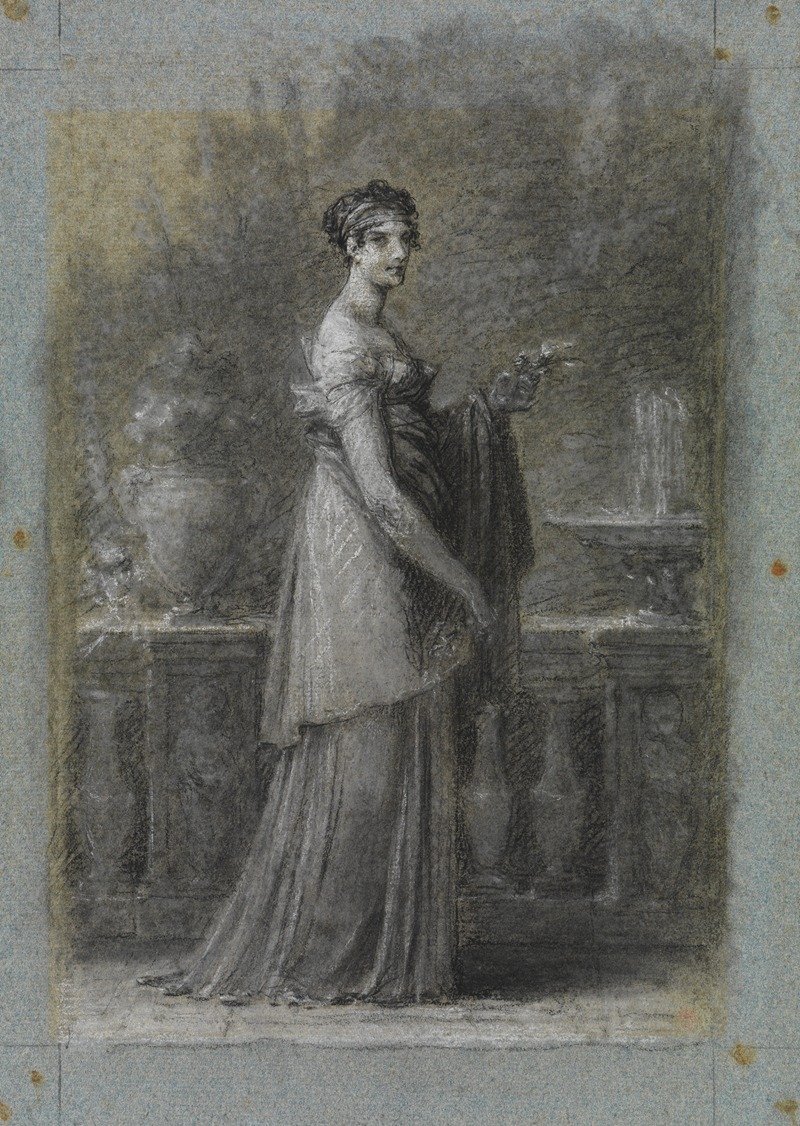
Kaiserin Joséphine Bonaparte, stehend in ganzer Figur
A hand-painted replica of Pierre-Paul Prud'hon’s masterpiece Kaiserin Joséphine Bonaparte, stehend in ganzer Figur, meticulously crafted by professional artists to capture the true essence of the original. Each piece is created with museum-quality canvas and rare mineral pigments, carefully painted by experienced artists with delicate brushstrokes and rich, layered colors to perfectly recreate the texture of the original artwork. Unlike machine-printed reproductions, this hand-painted version brings the painting to life, infused with the artist’s emotions and skill in every stroke. Whether for personal collection or home decoration, it instantly elevates the artistic atmosphere of any space.
Pierre-Paul Prud'hon, a prominent French painter of the late 18th and early 19th centuries, created the artwork Kaiserin Joséphine Bonaparte, stehend in ganzer Figur (translated as Empress Joséphine Bonaparte, Standing in Full Figure). This painting is a portrait of Joséphine de Beauharnais, the first wife of Napoleon Bonaparte and the first Empress of the French. Prud'hon was known for his refined and elegant style, which combined elements of Neoclassicism and Romanticism, and this work exemplifies his ability to capture grace and poise in his subjects.
The painting depicts Empress Joséphine standing in a full-length pose, dressed in an elaborate and elegant gown that reflects the fashion of the Napoleonic era. Her attire is characteristic of the Empire style, which was influenced by classical antiquity and became popular during her husband's reign. The composition emphasizes her regal bearing and status, while also conveying a sense of softness and femininity, traits often associated with Prud'hon's portraiture.
Prud'hon was a favored artist of the Napoleonic court, and his works often celebrated the grandeur and ideals of the Empire. His portraits of Joséphine, including this one, were intended to highlight her role as a symbol of grace, refinement, and the cultural sophistication of the Napoleonic regime. The artist's use of light and shadow, as well as his attention to detail, contribute to the overall sense of elegance and harmony in the painting.
The exact date of the painting is not definitively documented, but it is believed to have been created during Joséphine's tenure as Empress, which lasted from 1804 to 1810. This period marked the height of her influence and prominence in French society. The painting is considered an important example of Prud'hon's work and a valuable historical record of Joséphine's image during her time as Empress.
The current location of the painting is not widely documented, and it is unclear whether it is part of a public collection, a private collection, or remains otherwise inaccessible. Despite this, the work remains significant for its artistic merit and its connection to one of the most notable figures of the Napoleonic era.





